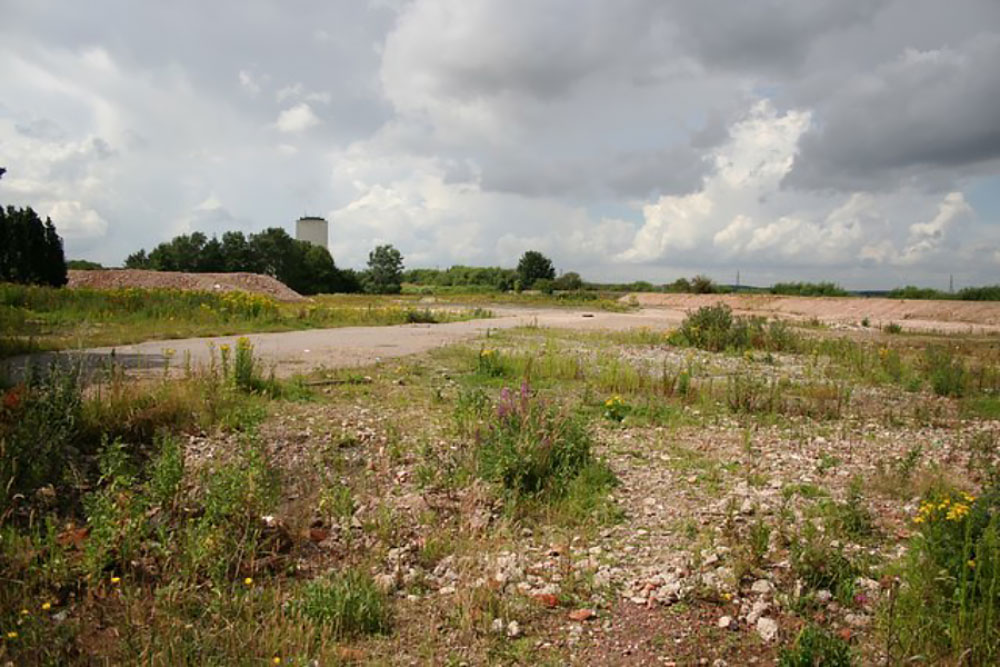Old landfill sites promote biodiversity, study shows
Brownfield sites are often promoted as suitable locations for development on the perception that protecting the 'green belt' limits damage to biodiversity.
Yet a new study shows that such sites are in fact of great importance to wildlife, providing scarce and species-rich habitats with little or no disturbance.
The research, led by Callum Macgregor and colleagues at the University of Hull, UKCEH and Butterfly Conservation, investigated the species richness of birds, plants and insects in relation to historical landfill sites, combining data from three national-scale UK biological monitoring schemes, including the UK Butterfly Monitoring Scheme.

Brownfield land harbours a rich array of bird, insect and plant species, with its biodiversity often under-appreciated (Richard Croft / commons.wikimedia.org).
The results demonstrate that species richness is higher for all three groups in landscapes containing ex-landfill sites, with these figures increasing as the area of ex-landfill increases.
The team found that for birds and insects, the species richness declines over time once landfill sites have closed, while for plants species richness increases.
The research provides evidence that the repurposing or development of brownfield sites may have unintended negative consequences for biodiversity,and that this should only occur on smaller sites, or those in areas where a high density of such brownfield sites exists.
Reference
Macgregor C J, Bunting M J, Deutz P, Bourn N A, Roy D B & Mayes W M. 2022. Brownfield sites promote biodiversity at a landscape scale. Science of The Total Environment 804: 150162. DOI: 10.1016/j.scitotenv.2021.150162

